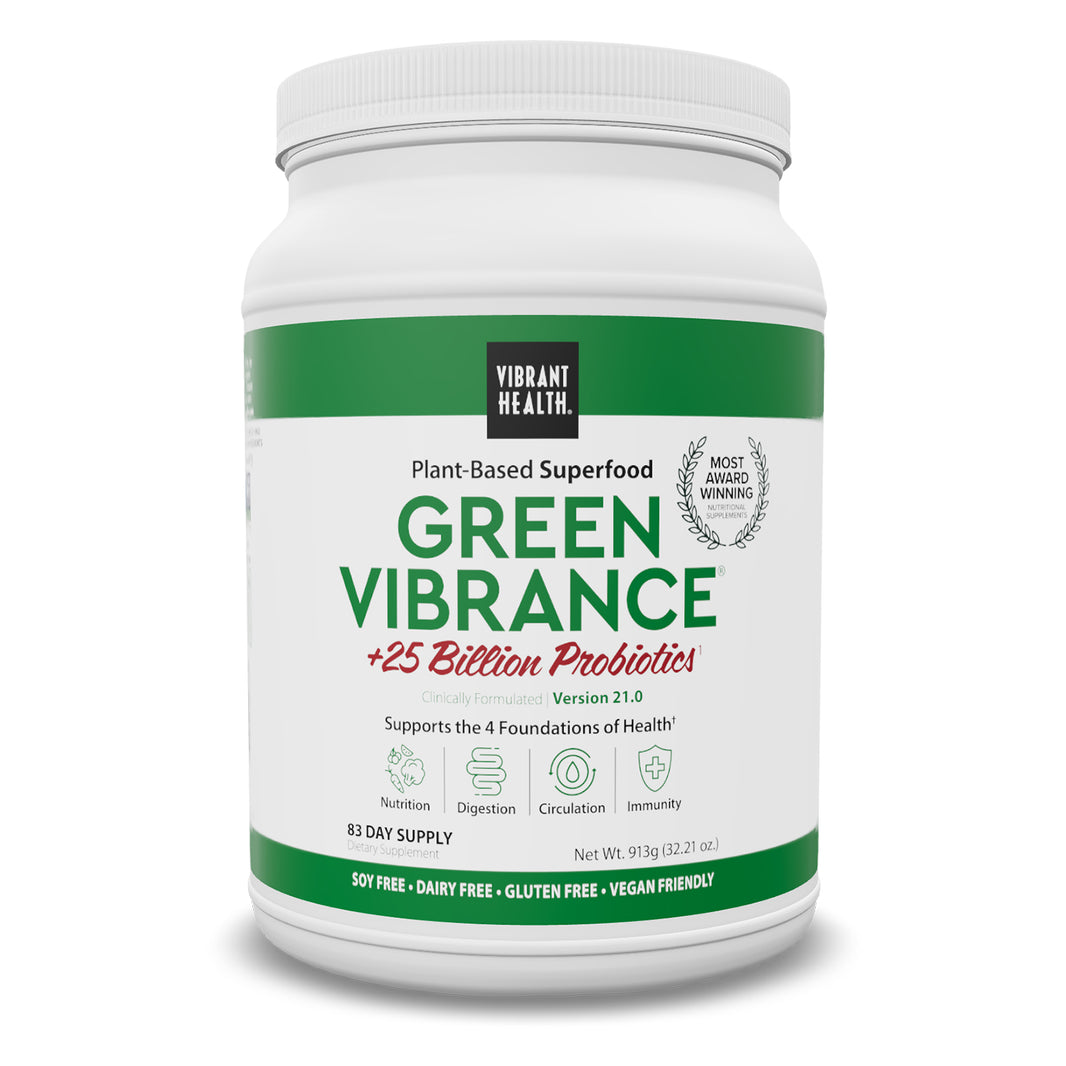We heard in that 10 is the magic number when it comes to fruit and vegetables.
After a wide-ranging study by Imperial College, 10-a-day supplanted the official UK recommendation of five-a-day due to the dramatic reductions in disease risk and premature death.
However, it would seem we are failing – badly.
In this blog we ask why and suggests ways to reach the seemingly unachievable target.
The Diabetes UK Poll
10-a-day was always going to be ambitious: hitting this target pretty much means eating a piece of fruit whenever you crave a snack and incorporating vegetables into breakfast, lunch and dinner. That said, the recommendation was to aim for 10 and not worry too much if you fell a little short. It now appears that most find the old figure of five a struggle.
The charity Diabetes UK is the latest to quiz Britons on their eating habits. They learned that just 18% of respondents had eaten their five-a-day the day before the survey. Perhaps even more noteworthy is that 11% confessed they’d consumed absolutely no fruit or vegetables the day prior. 66%, meanwhile, said they’d eaten three portions or fewer.
While it does no-one any good to get on the proverbial high horse and excoriate folk for their eating habits, it’s clear that there’s a disconnect between the healthy eating ideology and the collective attitude. This poll of 2,000 shows that many of us are, in all likelihood, missing out on the vitamins, minerals and fibre we need to achieve good levels of wellness. Remember, the aforementioned Imperial College study showed that 10-a-day was linked with a 33% reduced risk of stroke; a 31% reduction in premature deaths; a 24% reduced risk of heart disease; and a 28% reduced risk of cardiovascular disease. What’s more, 10 portions cut the risk of total cancer by 13%.
Eating a nutritious diet and pursuing a healthy lifestyle is, of course, the best thing you can do to avoid developing type 2 diabetes – which already affects 3.6 million people in the UK. It’s also vitally important for those who suffer from the disease. Remember, type 2 diabetes isn’t the end of the road – it can lead to blindness, heart disease, kidney problems and other long-term health complaints. Given the tangible benefits of eating 10-a-day, it’s unfortunate that the more modest target of five is proving so difficult. So what’s the issue?
Why People Struggle with Five-a-Day
The answers to some questions posed by Diabetes UK betray possible explanations for the shortfall. While 60% of participants said they’d like to eat more vegetables, 23% believed vegetables were too expensive. 16% complained about vegetables going off while 9% felt they took too long to prepare. 5%, meanwhile, opined that veggies were ‘too messy’ to eat.
Evidently there are a number of reasons why people opt for the food they do: preparation time, simplicity, flavour, cost.
Responding to the results, Diabetes UK have urged the government to do more to stop junk food being marketed to children. With one in three kids now leaving primary school overweight or obese, it’s advice few could quibble with.
Water for Health is based in Central Scotland, and just today a report commissioned by Food Standards Scotland criticised in-store supermarket promotions for being ‘heavily weighted’ in favour of nutrient-deficient food: products with high levels of salt or sugar. The report’s authors – academics from Stirling University – said only a ‘retail revolution’ would help people choose healthier options.
Obesity levels in Scotland are forecasted to rise from 30% to 40% by 2030. Previous research undertaken by FSS showed that 50% of less-healthy foods were bought while they were on promotion. The figure was just 30% for healthier foods.
Although it’s ostensibly the whole concept of marketing, directing consumers to ‘eat this, not that’ might sit uncomfortably with some. However, the figures show this to be the case already. Price promotions are more often than not centred on crisps, chocolate, fizzy drinks, ready meals and the like. The FSS report was criticised by Dr. John Lee at the Scottish Grocers’ Federation, who believes improved food education and awareness should be prioritised. Dr. Lee feels the responsibility for the nation’s health has been unjustly pushed onto retailers.
Green Food Supplements Could Help
There’s no doubt about it, green food supplements can make the 10-a-day target much more achievable. These whole food products are essentially compacted, powdered forms of vegetables, fruit, algae, cereal grasses and botanical extracts. Packed with vitamins, minerals and fibre, not to mention protective phytonutrients and antioxidants, the powders can be added to water to make a nutritious green juice or mixed with natural fruit juice or frozen fruit to make a delicious smoothie.
Supplementing with greens supplements can boost energy levels, expedite recovery time (between workouts, for example) and help to alkalise the body. Best of all, a single green juice/shake can be equivalent to between three and 10 servings of fruit and vegetables.
As good as they are, greens supplements should not be a substitute for actual food: rather, they should augment your diet and help push you closer to 10-a-day. At present, we stock 6 greens formulas including Green Vibrance, which just won a 2024 Vitamin Retailer Award for Best Green Food Supplement.
Green Vibrance contains over 70 ingredients – including barley grass, spirulina, kale sprouts, strawberry and chicory root – and is considered the greatest pure greens supplement on Earth. It first appeared in 1992 and since then has been continually reformulated to take advantage of advances in nutritional science.
Perhaps this latest study is the shot in the arm needed to re-programme some minds and encourage better eating habits. If you find 10-a-day tricky, why not try one of our greens formulas? One shake a day will bring that target much closer to reality and provide you with a welcome boost of energy and nutrition.
Updated 8th July 2024




























Leave a comment